

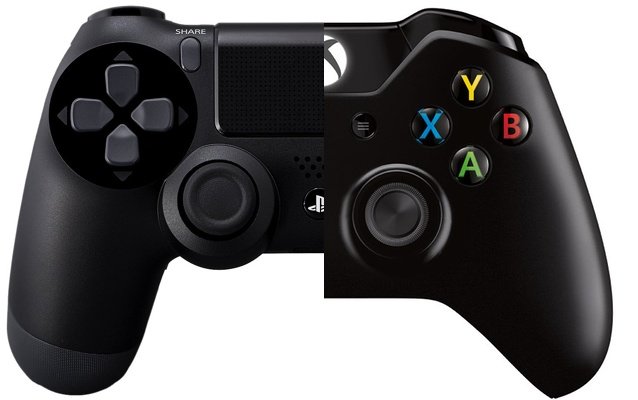
The Xbox 360 is widely regarded as having one of the best controllers of all time. In fact, it's been and remains so popular for use with the PC that developers have simply adopted its icons for their gamepad support. The PlayStation 3's Dual Shock 3 is decidedly less successful. Its grips don't conform around the hands particularly well, and the convex analog sticks and snubby triggers are all too slippery. While the new controllers for the Xbox One and PlayStation 4 are visually identifiable as belonging to their respective brands, their revisions put them on more equal footing. But after spending countless hours with both, the one I've begun to prefer has surprised me. Sony may have just taken back the crown with the Dual Shock 4.
The general shape of the Xbox One's controller isn't too different from its predecessor. It's less rounded, but their grips are about as nice to hold. Additionally, the battery pack facing inward rather than outward makes it even better thanks to your fingers not bumping against its bulk. For the Dual Shock 4, gone are the short, flatter grips of the Dual Shock 3 with longer, fuller ones in their stead. The result is a more natural fit.
In terms of overall comfort between the, a slight edge is given to the Dual Shock 4. Its curves extend beyond its grips, flowing into the under-belly. Comparatively, the Xbox One controller's underside is flat, and the transition to that area is less abrupt even on the Xbox 360. If you extend your middle-fingers into that back, it can feel slightly awkward. It's by no means a deal breaker, but it's a noticeable difference. Furthermore, while both are made of plastic, the Dual Shock 4 manages to have a softer touch with a smooth top and textured bottom. The Xbox One uses a matte material across the majority of the pad.

Microsoft and Sony have made welcome improvements to the trigger and shoulder buttons. The Xbox One triggers are larger and no longer prone to the grating squeaking that can plague the Xbox 360 gamepad. The shoulder buttons aren't as noisy, as well, nor do they require as much pressure to push down. However, the angular shape of the new controller and the taller shoulder buttons can make it uncomfortable to hold if that's where you rest your index fingers. If you rest them on the triggers like myself, the short, almost non-existent distance between the two allows for quicker access to each. Despite that, pressing those buttons down with the middle of your digits due to shape, size and proximity doesn't feel quite as good as the same action on the Xbox 360 or PlayStation 4.
As far as the Dual Shock 4's triggers are concerned, they're at last concave. My fingers don't slide off them as they are wont to do on the Dual Shock 3. They're still fairly small, though, so the larger, less tension-filled triggers on the Xbox One controller are slightly more relaxing for lengthier play sessions. But for the most part it's a wash between the two.
One area of design where Microsoft continues to excel is the asymmetrical placement of its analog sticks. They feel right. Their smaller size, textured edges and higher quality materials are less slick and prone to wear than the Xbox 360's, too. Their only negative is that their inner edges get disgustingly dirty after use. In contrast, the Dual Shock 4 continues to have symmetrical sticks, something many people dislike about its predecessor, but Sony has managed to shorten the comfort gap. The sticks are placed further apart, so larger hands won't have their thumbs bumping into each other, and a convex shape has once again been replaced with the far better concave form. Microsoft may still have the edge, but it's now a damn close fight.
The last great revision of the old concerns the d-pad. The Xbox One controller has thankfully done away with the mushy, painfully inadequate d-pad of the Xbox 360 for something that finally offers a solid click. If you like fighting games, though, the Dual Shock 4 still holds the gold. Its segmented d-pad is quieter with an ever so longer and satisfying depression. The Xbox One's is shorter and more audible.
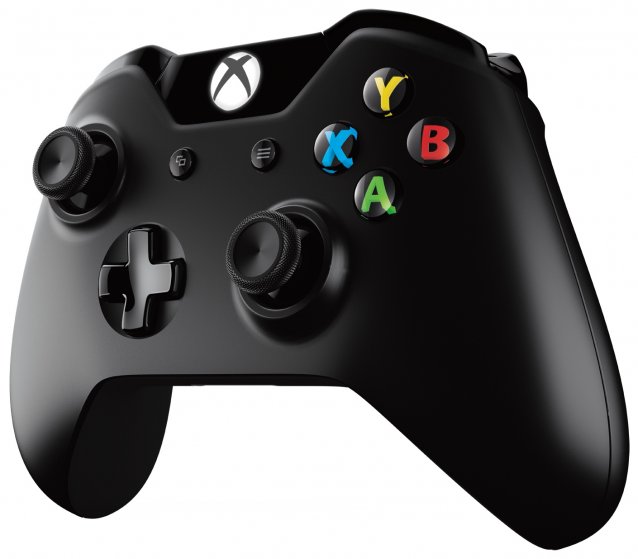
Every new video game console brings with it new features. That's often no less true for its controller. Sometimes those additions come across as blunt gimmicks, but that doesn't seem to be the case this next generation. The Xbox One's impulse triggers, for example, really enhance the racing experience in Forza Motorsports 5. Clues about the car's performance and the feel of the gravel beneath its tires aids you in becoming a better driver thanks to the additional force feedback motors. Sadly, it's one of the only games at launch demonstrating that potential.
The Dual Shock 4's new features include a light bar along its top, a touch pad in the center and small speaker above the PlayStation Home button. The light bar can flash to indicate your status of health, but for the most part it's difficult to see in normal situations. Be that as it may, it does come in handy in local multiplayer situations as each player's controller is lit with a different color. I found that surprisingly useful when a friend and I would take short breaks from the couch while playing Knack.
The touch pad is also finding useful applications with games. Additional functions can be mapped to it, such as swiping up, down, left and right in Killzone: Shadow Fall to select drone powers or pressing it down in Assassin's Creed IV: Black Flag to quickly access the map. The speaker is less impressive as a feature, but having the controller talk to you in Resogun is at least a little neat. I can also imagine horror games utilizing the speaker to terrifying effect.
The Dual Shock 4's biggest feature has to be its non-proprietary headset support, however. You can plug any headset that uses a single 3.5 mm connection for its audio and microphone into the controller itself. And if it's late at night, you can use any of your existing headphones to continue playing without disturbing anyone else in the house. The Xbox One's support is all proprietary.
As much as I like the Xbox One's impulse triggers, this win goes to the Dual Shock 4. Its light bar and speaker may not be earth shatteringly exciting, but its touch pad and non-proprietary headset input are useful in far more practical ways than extra rumble. After all, gamepads can only fit so many buttons into their frames. The benefit of having at least five further possible actions without an increased footprint can't be stated enough. It will be interesting to see how massively multiplayer online role-playing games, such as the upcoming Final Fantasy XIV: A Realm Reborn, make use of it.
Last generation, the fight for who had the best controller was a rather one-sided contest. That's no longer the case. Sony finally has something to hold that matches, and in several areas even bests, the same offering from Microsoft. Everyone's hands are different, of course, and both are wonderful, comfortable controllers. But for these average mitts, the Dual Shock 4 has taken the throne.

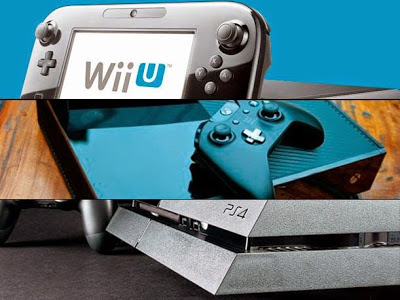
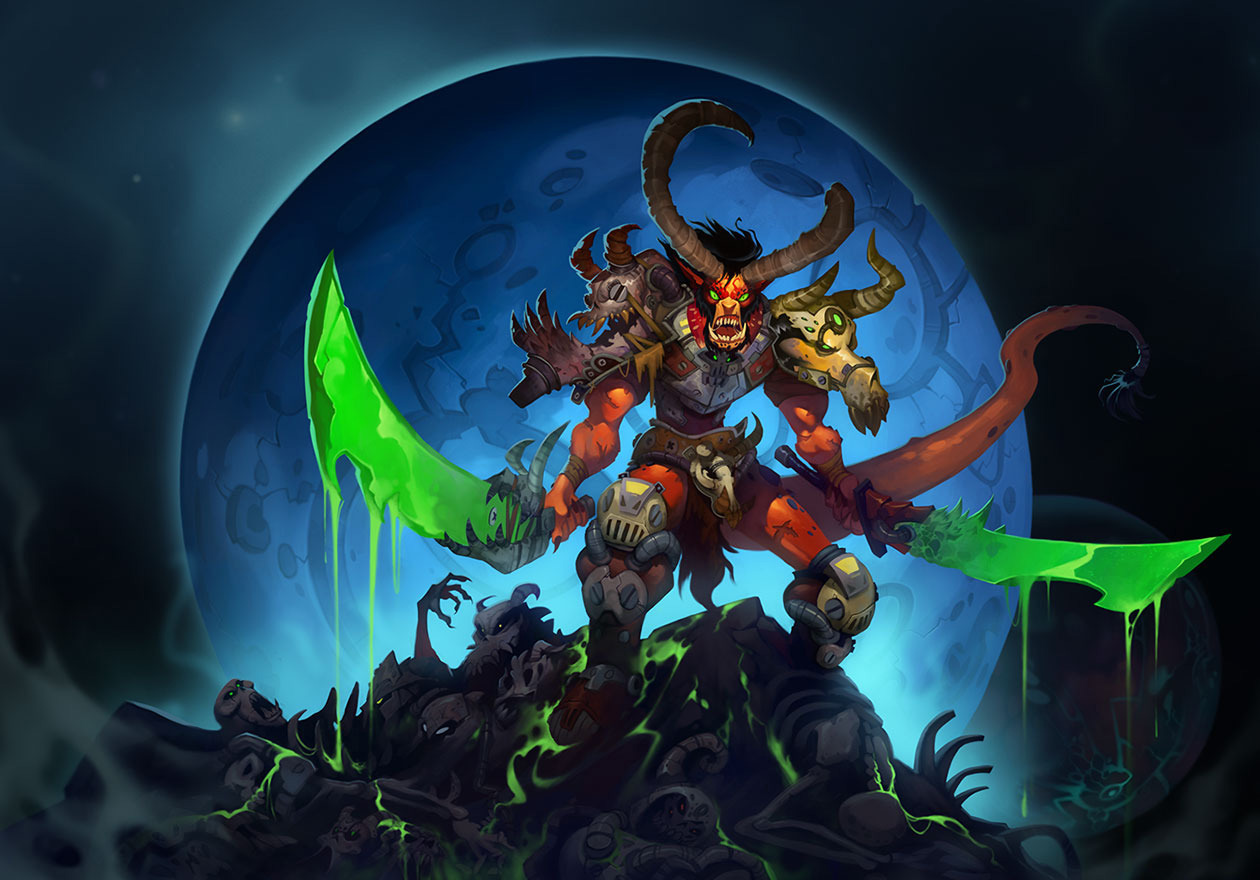
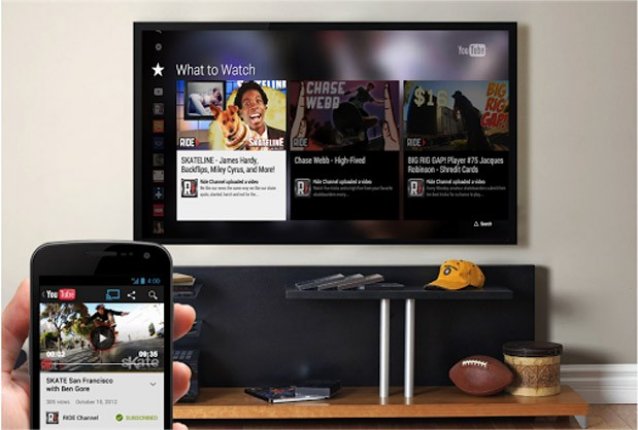
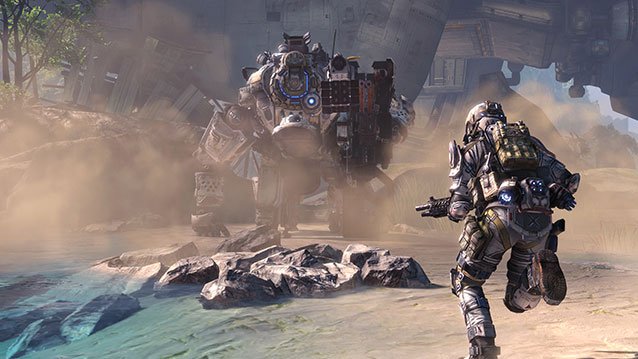 Titanfall Review: More Than Call of Duty With Mechs
Titanfall Review: More Than Call of Duty With Mechs Destiny The Taken King - Locations of all Keys and Chests
Destiny The Taken King - Locations of all Keys and Chests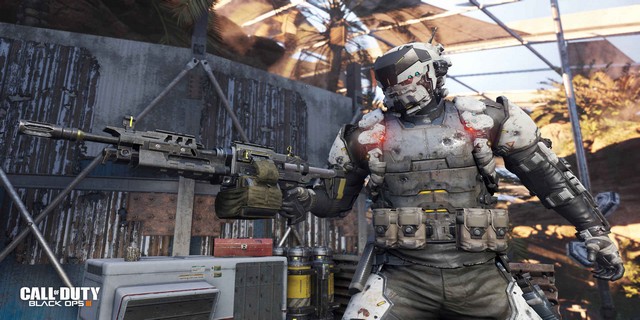 Ultimate Tips and Tricks To Survive Realistic Mode In Call of Duty: Black Ops III
Ultimate Tips and Tricks To Survive Realistic Mode In Call of Duty: Black Ops III Want Your Twitter Share Counts Back? Here's How to Get Them
Want Your Twitter Share Counts Back? Here's How to Get Them GTA 5 Kifflom! Guide: Full Step
GTA 5 Kifflom! Guide: Full Step